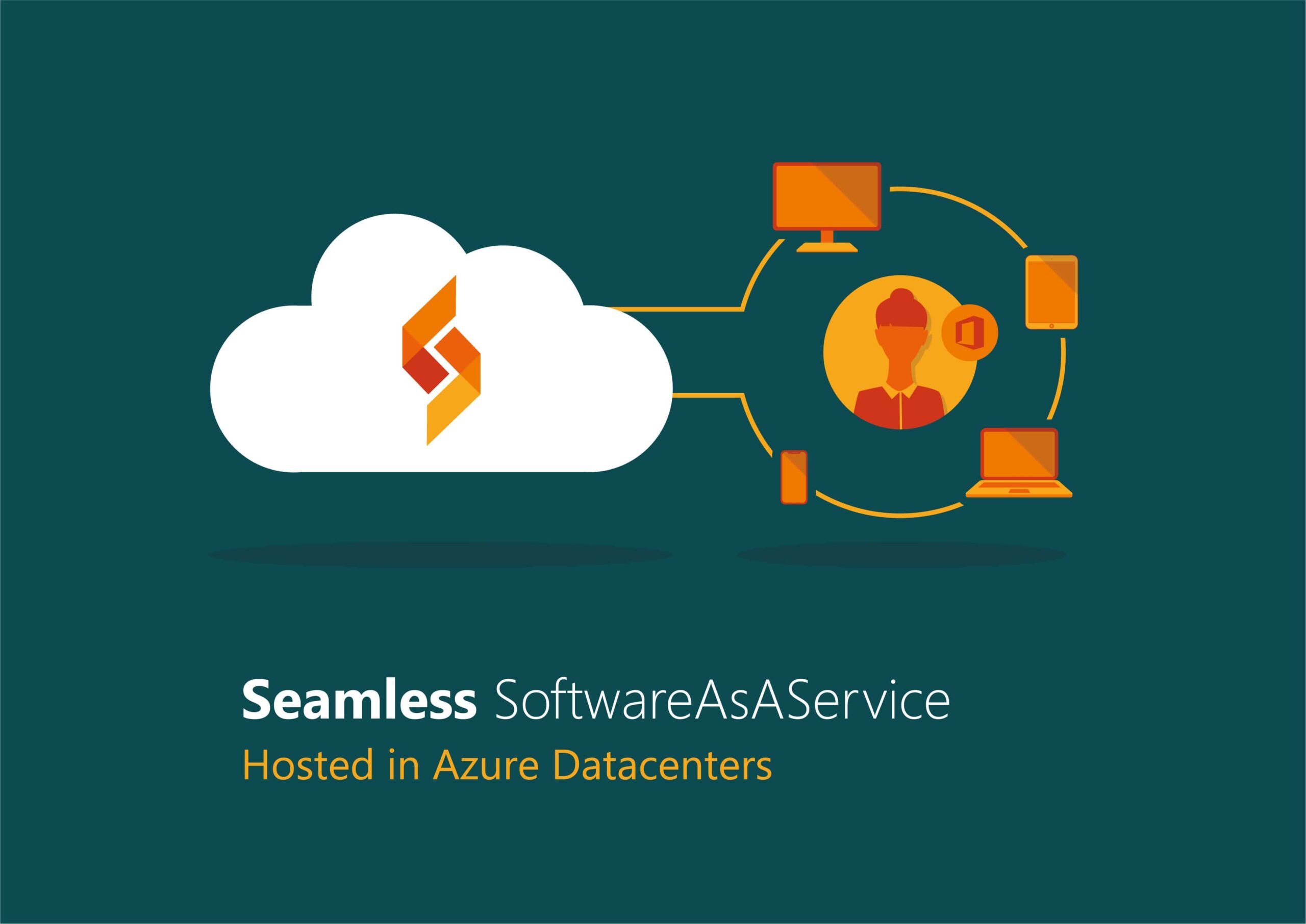Our first Seamless project was developed in the traditional sense as individual software solution for each customer. In addition to the Office 365 subscription, the customer needed an Azure subscription and Azure AppServices per operating environment. The code of the solution was developed individually for each customer and reflected the processes of the specific company.
We were happy when the demand for Seamless rose. So we adapted the code from the first customer project and installed a new instance of the solution in the Azure Subscription of the new customer. Of course, we repeated this procedure in the subsequent Seamless orders.
It happened the way it had to. Instead of allowing our developers to extend the solution with new, exciting customer processes, they spent days copying code sections of the various solutions. As a result, our customers were increasingly waiting for the release of new features already implemented for other customers.
Slowly it dawned on us, that we were lightyears away from the Software-as-a-Service model.
What is Software-as-a-service?
Software-as-a-Service (SaaS) is a software distribution model in which a provider hosts an application and makes it available to customers over the Internet. The provider is responsible for maintaining and updating the software. Users access the software through their user account via a web browser. The costs incurred will be charged to the customer on a monthly or annual basis.
Liberation to Seamless SaaS
In spring 2018, we set off to develop Seamless from scratch. Our goal was to create the technical foundation for a SaaS and to put the solution on a scalable, robust and fast performing foundation. We took the opportunity to include all customer feedback and our experiences from the first steps with Seamless in the first release.
In December 2018 the time had come! 4 new customers used Seamless in parallel – one code, one instance, one SaaS!

Which benefits offers the SaaS-Model to Seamless customers?
By switching from the traditional software model to the Software-as-a-Service model, we can offer our customers the following benefits.
- Trial subscription: Seamless can be tested for free and there is no wait for installation or configuration. You can start to evaluate immediately.
- Pay as you go: Seamless does not require an investment. Customers only pay subscription fees for those employees actually using the solution. Licenses can be added or reduced. We offer volume discounts the more users are added to the subscription.
- Office 365 licenses: Prerequisit for Seamless is a Office 365 SharePoint Online subscription. The subscription plan does not matter as long as SharePoint online is included.
- Azure: No Azure Subscription or ressources needed!
- No lock-in: If Seamless is uninstalled, the data remains unchanged and can be used via out-of-the-box tools of Office 365 and SharePoint. What will be missing is the Seamless user interface and the automatic provisioning of workspaces.
- Automatic Updates: Seamless is powered and maintained by AskMeWhy in Azure. Updates of new functions are made regularly at no extra cost – no reinvestment is necessary.
- Security: The large number of users leads to more security, because behind SaaS is the “one-to-many-idea”. All customers use the same solution as other companies. Therefore, “almost” any disturbance occurs for every customer. The large number of potentially hit customers forces us to even more vigilance and to rapid elimination of potential problems.
- Governance: Not only our technical knowledge but also our experience in keeping order with Office 365 “Governance” is included in Seamless. Live Cycle Management, Visibility, Classification, Sharing Policy or Ownership are automated.
- More time: The self-service functions relieve the burden on the IT department and enable projects and teams to focus on content. The solution causes no significant operating costs.
- Configuration: CI / CD and branding, as well as technical adjustments and configurations on the levels of organization, organizational unit, workspace and user can be made by the customer. As a result, the requirements of sophisticated corporate structures can be flexibly mapped.
What impact does the SaaS model have on AskMeWhy?
We are just at the beginning of our journey with the new version of Seamless. It’s too early to judge the benefits of moving from traditional software to the Software-as-a-Service model.
Generally, we assume that the SaaS model is attractive for Swiss SMEs and that the initial hurdle for subscribing to the service is low. In addition to the sophisticated pricing model, we see our great opportunity in providing the service not only through AskMeWhy but also through sales and integration partners – worldwide, in every language. Customers can start the evaluation immediately and without risk.
We also rate the change in the internal development process as extremely positive. We work with Scrum and Azure DevOps. The whole team collaborates on the same code. DevOps and continuous Integration are automated. It’s a lot of fun for our developers to integrate the latest technologies in Seamless and to live clear and agile processes – Software Development at its finest!

